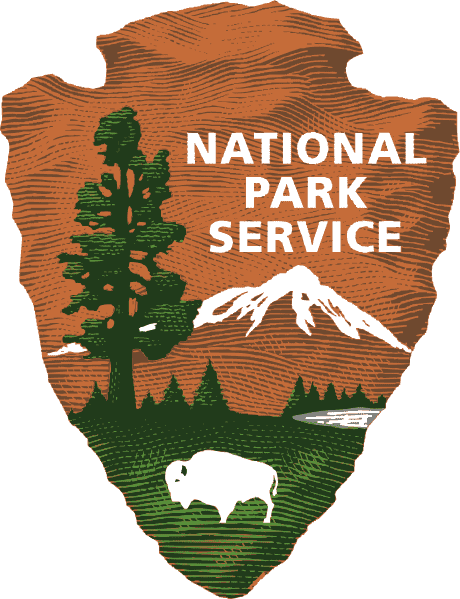Biscayne National Park Seeks Public Cooperation During Sea Turtle Nesting Season
OutdoorHub 05.15.12

March through October marks sea turtle nesting season on Florida’s shorelines, and Biscayne National Park rangers are asking the public to help them as they monitor nests within park boundaries.
Throughout the season, rangers and interns monitor the park’s beaches along Elliott Key, Sands Key, Boca Chita Key and other islands for signs of nesting. When nests are located they are marked and dated, and a wire mesh screen is placed over the nest to minimize the chances that raccoons and other egg predators can raid the nest. Since most of the monitored beaches are not in developed areas, scientists usually approach the island from the oceanside, across shallow areas sometimes utilized by anglers. Although efforts are made to minimize impacts to anglers, access to the shoreline is critical, and researchers must be able to get in as close as possible in order to monitor all areas every day. Allowing the staff to do their jobs quickly and efficiently will minimize the amount of time they are in the area, and maximize the time that anglers have the area to themselves.
Visitors should also remember that a nesting female should NEVER be approached, nor should lights EVER be shined in the direction of a nesting turtle or a hatching nest. Recent studies in Broward County indicate that 1/3 of all turtle hatchlings are disoriented by artificial lighting, including “sky glow” from far-off sources of light. “Turtle hatchlings are pre-programmed to head toward the brightest light,” said park biologist Shelby Moneysmith. “Normally, that would be moonlight and starlight reflecting off the water, but in areas near cities, many other sources of light serve to disorient them.” They end up traveling inland or along the shore rather than out into the water where they have at least a small chance of reaching maturity. “These guys have enough to deal with considering the amount of marine debris that often blocks access to many nesting beaches, and we just want to minimize any additional hazards for them,” Moneysmith said.
Information on turtle nesting within the park is available on the park’s website at www.nps.gov/bisc, and updates are also part of the park’s regular updates on Facebook (Facebook.com/BiscayneNPS) and Twitter (Twitter.com/BiscayneNPS). For additional information, visitors can contact the park at 305-230-7275.

